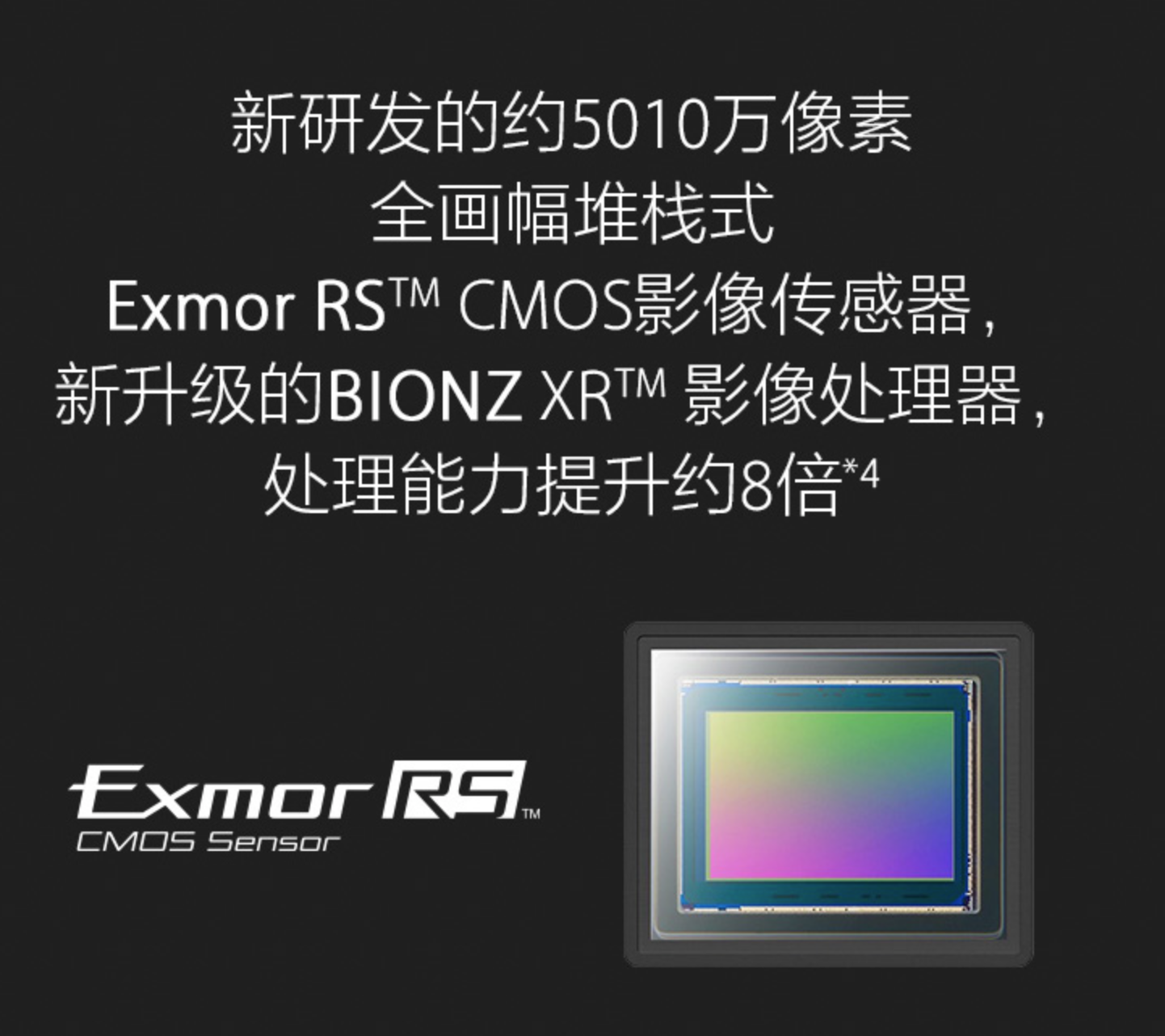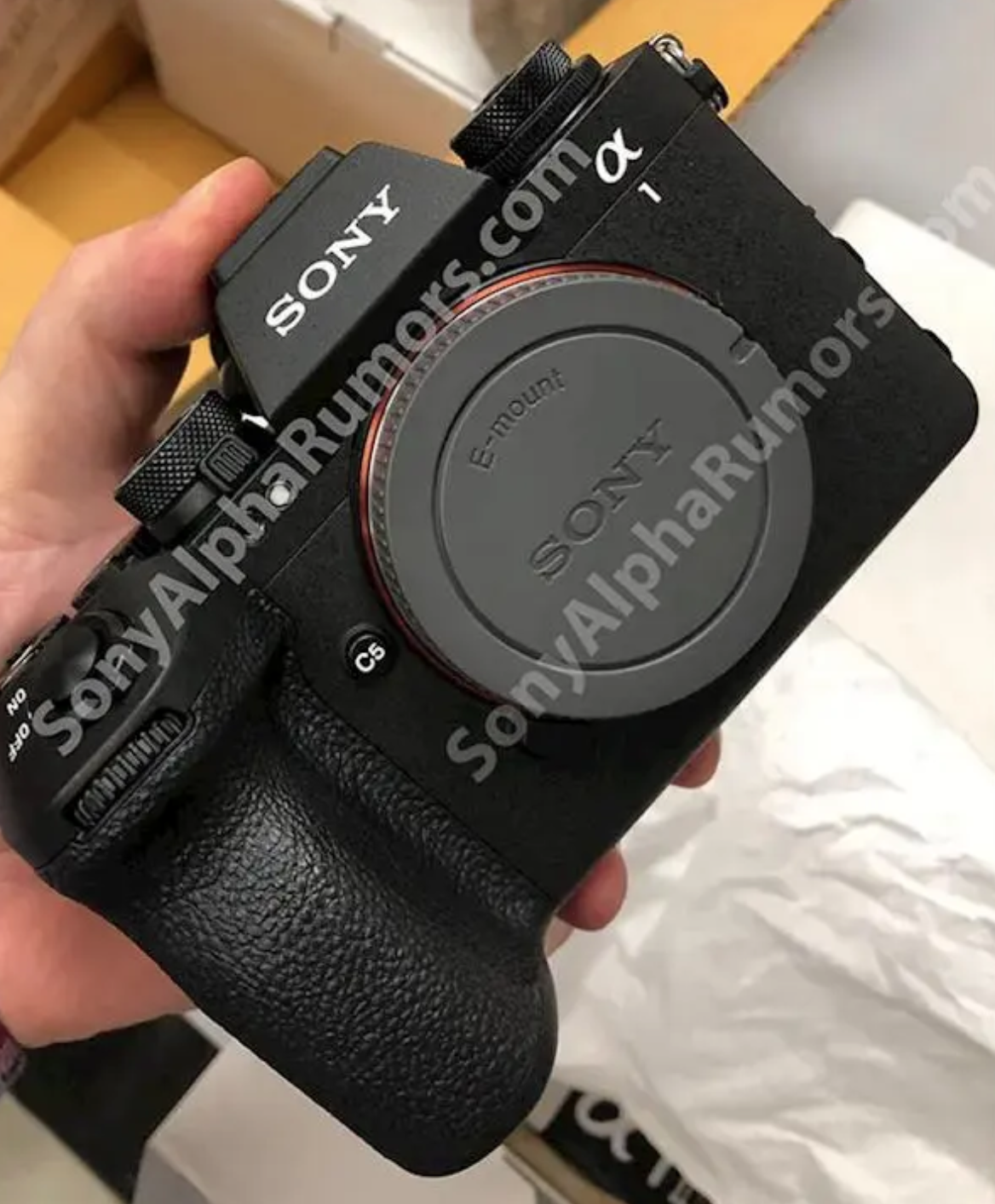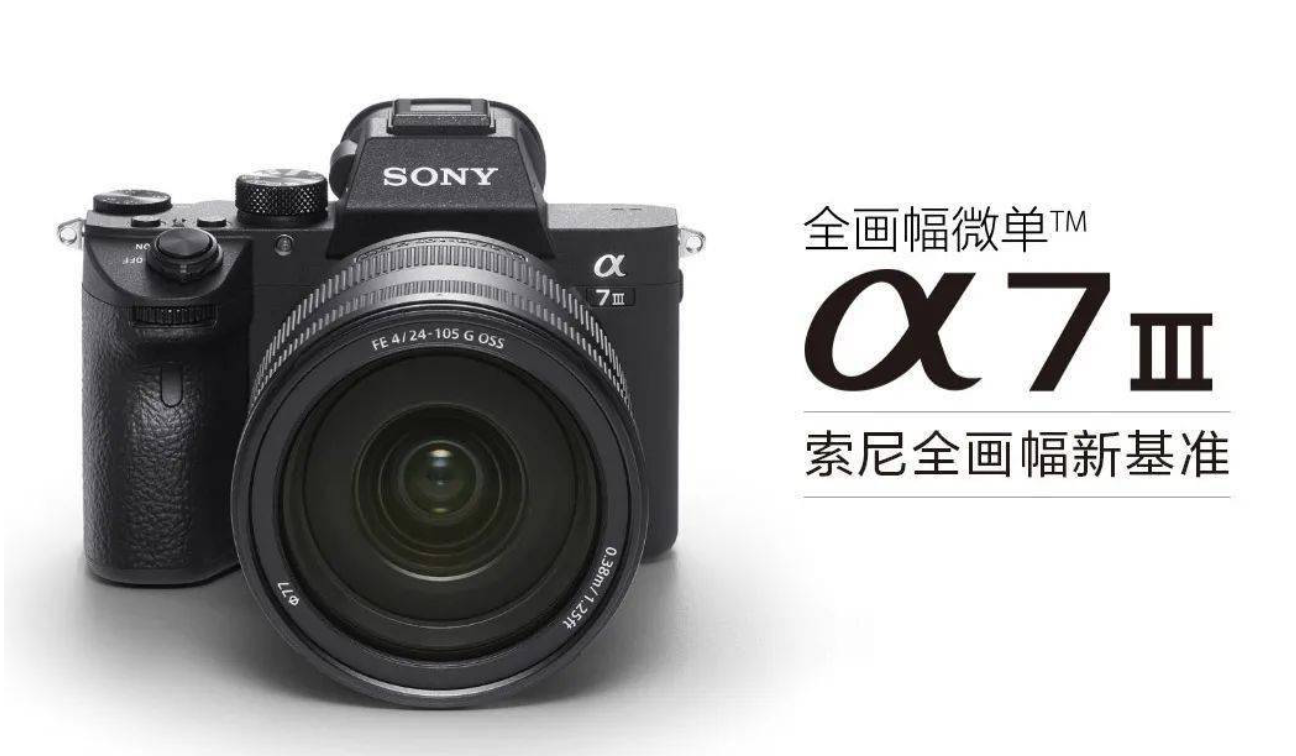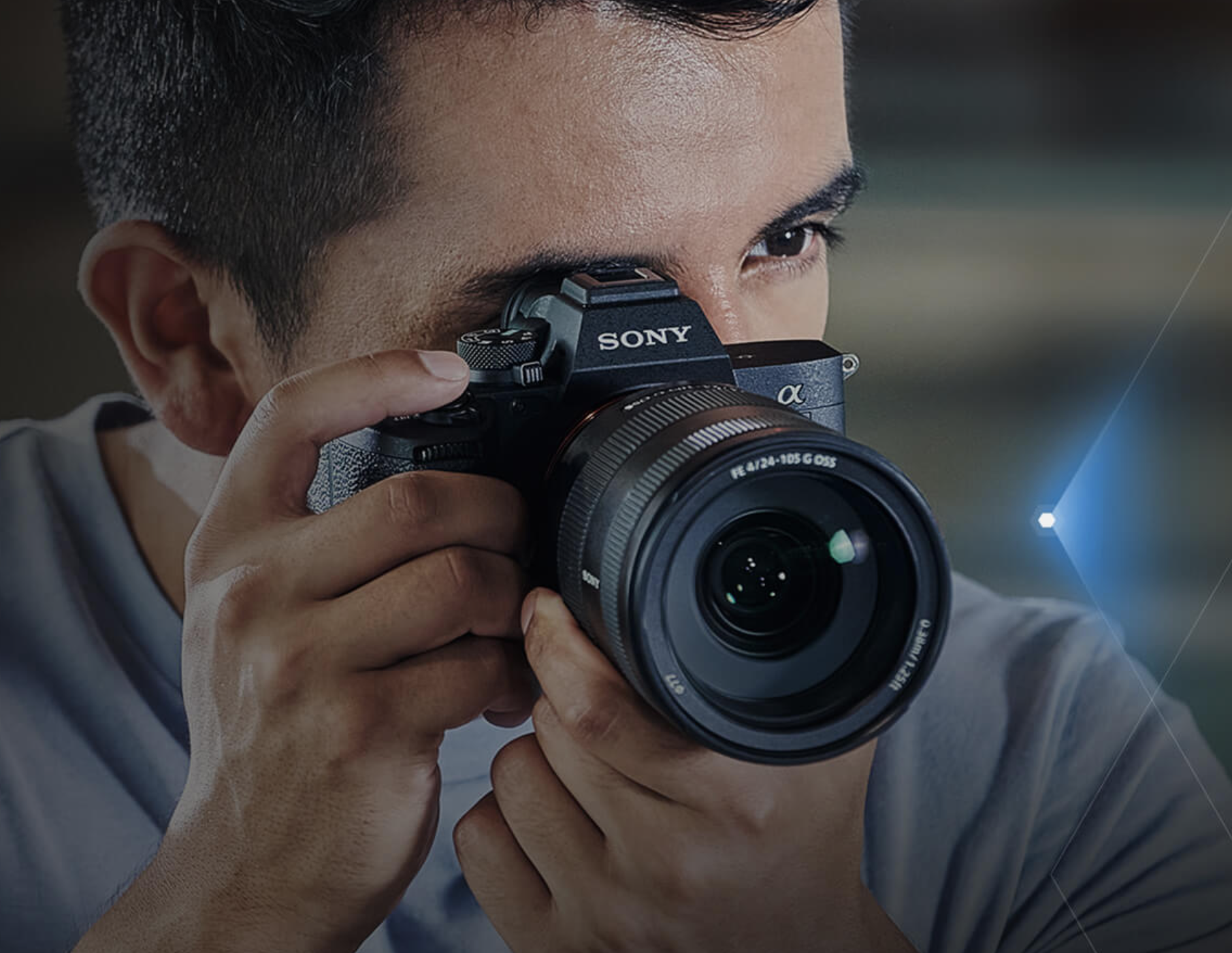The Sony Alpha 1 Mark II is about to be released, but the professional camera market is cooling off
![]() 11/15 2024
11/15 2024
![]() 479
479
On the evening of November 13, the official Sony camera account announced that the all-around flagship model, the Alpha 1 Mark II, will be officially released on November 19, nearly four years after the release of its predecessor, the Alpha 1. In fact, a four-year development cycle is not long for a top-tier flagship camera model. After all, such models represent the highest standard of consumer-grade cameras and do not lag behind the times despite the rapid market development.

(Image source: Sony Official)
Judging from the specifications on paper, the Sony Alpha 1 would still stand out in the camera market in 2024 or even 2025. So what surprises can its successor, the Alpha 1 Mark II, bring us?
Is this the best a top-tier flagship camera can offer?
In the camera market, there is an unwritten rule that any product named with the number 1 basically represents the flagship of flagships, such as Canon's R1, 1D X, and Sony's Alpha 1. As the successor to the Alpha 1, there is little concern about the specifications of the Sony Alpha 1 Mark II.
According to information published online, it will still be equipped with the same 50MP full-frame sensor as the Alpha 1, which is not surprising. After all, this CMOS has enormous potential, and Sony has yet to unleash its full capabilities. Reusing it can effectively save costs and provide a better shooting experience, making it a win-win situation.

(Image source: Sony Official)
Next is the upgrade in focusing performance. Sony's focusing capabilities are considered industry-leading, with no current competitor able to match its focusing speed and recognition accuracy. Sony is not satisfied with this, and the Alpha 1 Mark II is equipped with the latest AI processing chip, which can enhance autofocus speed, frame rate, and intelligent subject recognition. My evaluation of this is simply "terrifying."
In terms of design, it continues the familial design of the Sony Alpha series, closely resembling the previously released Sony Alpha 9 Mark III. I am actually not satisfied with this. After all, as the highest-end all-around model, the Alpha 1 series should have a more professional appearance. For example, Nikon's Z8 and Z9, while similar in design language, have a grip on the bottom of the Z9 that allows users to immediately recognize it as a professional camera. Although the Sony Alpha 1 Mark II conforms to mainstream aesthetics, it seems out of place with its professional positioning.

(Image source: Online user)
Other specifications involve more modest upgrades, such as the inclusion of an advanced autofocus system, improved continuous shooting speed in high-resolution mode, support for C2PA certification, and compatibility with CFexpress Type A memory cards that meet the 4.0 standard.
Regarding pricing, insiders have revealed online that the Sony Alpha 1 Mark II will cost more than the Alpha 1, suggesting that its standalone price could exceed 50,000 yuan, making it the most expensive product in the full-frame camera market.
However, I must say that although the Sony Alpha 1 was positioned as a top-tier flagship with an exaggerated price of 47,999 yuan, it seemed to be an awkward existence in Sony's eyes. Since its release in 2021, it has received few OTA updates, and many minor issues and bugs have never been resolved, which is a waste of this powerful CMOS.
If the leaked information mentioned earlier is accurate, it indicates that the Sony Alpha 1 Mark II's upgrades are at best minor and routine, which does not align with the update intensity expected of a flagship product.
These actions inevitably raise some doubts. Theoretically, these top-tier products should be the most prioritized by manufacturers, as they fear neglecting the users who support them with their hard-earned money. However, it now appears that flagship models have become the most marginalized products.
The professional camera market is already 'withering'
As a veteran photographer who has used both DSLR and mirrorless cameras, I have a somewhat pessimistic view of the current camera market. In 2018, Sony released the Alpha 7 III, which accelerated the decline of DSLR cameras and speeded up the arrival of the mirrorless camera market. Since then, DSLR cameras have become increasingly unpopular, even though some still have advantages that mirrorless cameras cannot match. However, they have been phased out due to factors such as design and network connectivity.

(Image source: Sony Official)
I originally thought the arrival of the mirrorless era would further accelerate camera upgrades, given the intense competition during the DSLR era. However, the trend of intense competition seems to have stopped in the mirrorless era. Since 2018, I have not identified any groundbreaking new features. Based on my previous speculation, today's mirrorless cameras should possess more powerful automatic post-processing capabilities, direct mobile connectivity for file sharing, and a more user-friendly and flexible operating system.
However, judging from the current camera market, most manufacturers are still making minor improvements based on technologies left over from the DSLR era. Even machines like the Alpha 1, priced at 50,000 yuan and developed over four years, have only brought minor, insignificant upgrades, which do not live up to the reputation of a top-tier professional camera.

(Image source: Sony Official)
Of course, this cannot be entirely blamed on camera manufacturers. They may already have more advanced and professional new technologies, but the market and consumers' acceptance of top-tier cameras is no longer as high as before. In other words, the current camera market is becoming increasingly detached from professionalism.
In earlier years, DSLR cameras deterred many beginners due to their complex operations and chaotic lens systems. Nowadays, mirrorless cameras are generally moving towards non-professional or 'simplified' designs, becoming increasingly similar to smartphones. Professionalism takes a back seat, as cameras that allow users to take and edit photos with a single click are considered the best.
A prime example of this trend is Fujifilm. Despite its impressive technology, image quality, and overall foundation, it has gained a loyal following based on its 'ease of use.' For ordinary users, it is more convenient to buy a camera that can produce ready-to-use photos directly rather than spending time learning about various parameter combinations and cumbersome post-processing procedures.

(Image source: Sony Official)
Is this development trend correct? It's difficult for me to provide an answer. Camera manufacturers need to make money, and relying solely on a group of professional users is not enough to cover costs. Even if they sell their flagship cameras at Hasselblad prices, it will be challenging for them to survive.
The only way out for them is to expand their product lines to include cheaper, user-friendly consumer-grade cameras.
This is also one of the reasons why the Sony Alpha 1 has not received many OTA updates in four years. Relevant technical personnel have spent almost all their time on firmware updates for these new machines. Since professional models with a small user base naturally receive less attention, the same situation has occurred with Nikon and Canon. It can only be said that professional cameras targeting professionals are already on the decline.

(Image source: Sony Official)
Moreover, companies like Nikon, Canon, and Sony have launched products like the Zf, R8, and α7C2, which may not excel in performance but offer good aesthetics and portability. This further illustrates that performance is no longer the primary purchasing factor in today's camera market.
Will AI support the future of professional cameras?
As a photography enthusiast, I do not want to see the current situation. Although I cannot afford these 30,000 to 40,000 yuan professional cameras, if the most important new technologies in cameras are no longer valued by the market, the future of cameras will undoubtedly be bleak.
However, the emergence of AI can somewhat compensate for technological deficiencies. Combining smart AI chips with the original functions of cameras can enhance their practicality. This technology will surely be adopted by more camera manufacturers in the future, marking the beginning of a new era of intelligent cameras.
I also believe that in 2025, more and more 'intelligent' cameras will be launched on the market. Whether this is a good or bad thing, and whether to continue emphasizing professionalism or accessibility, will depend on the market's choice.
Source: Lei Technology






